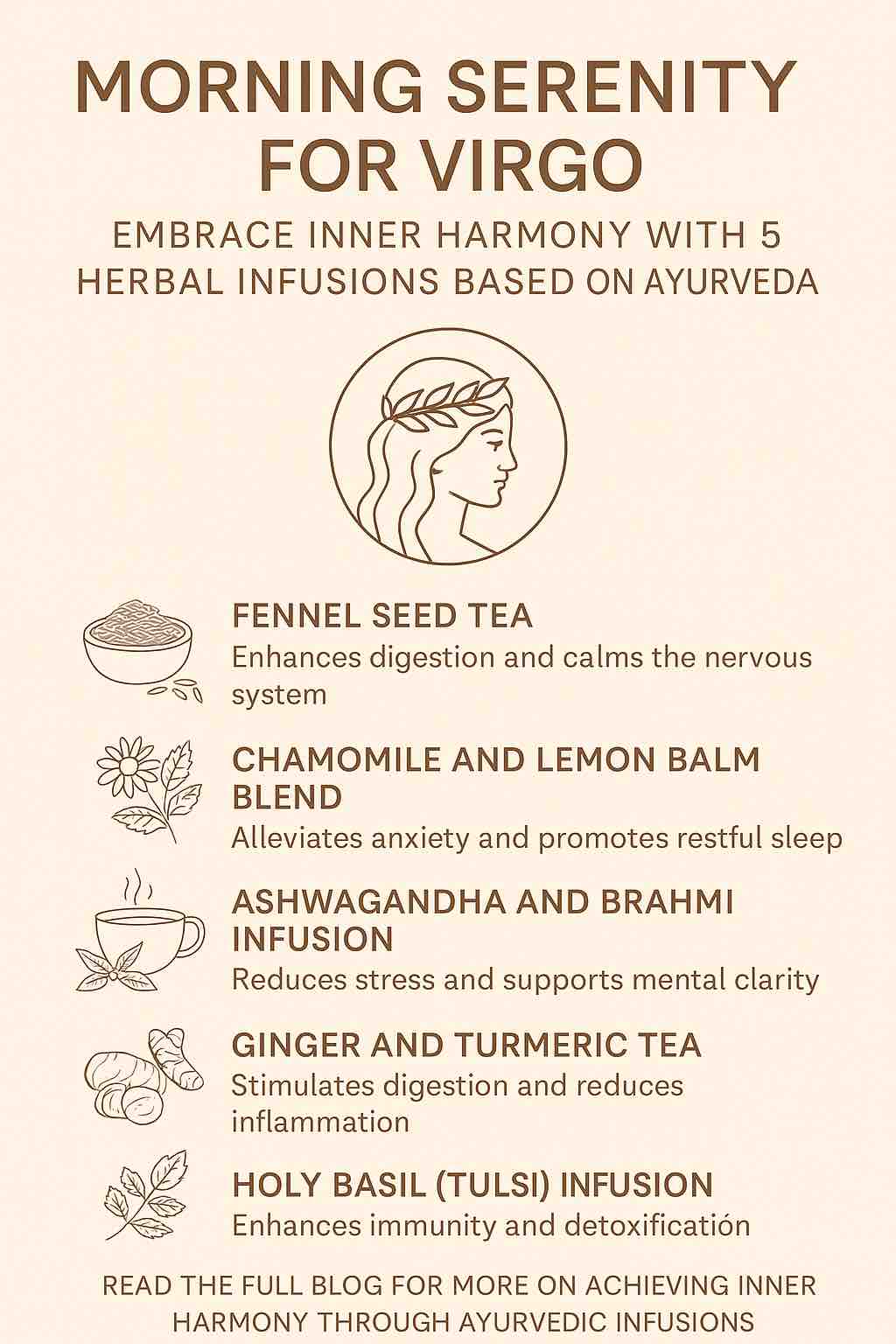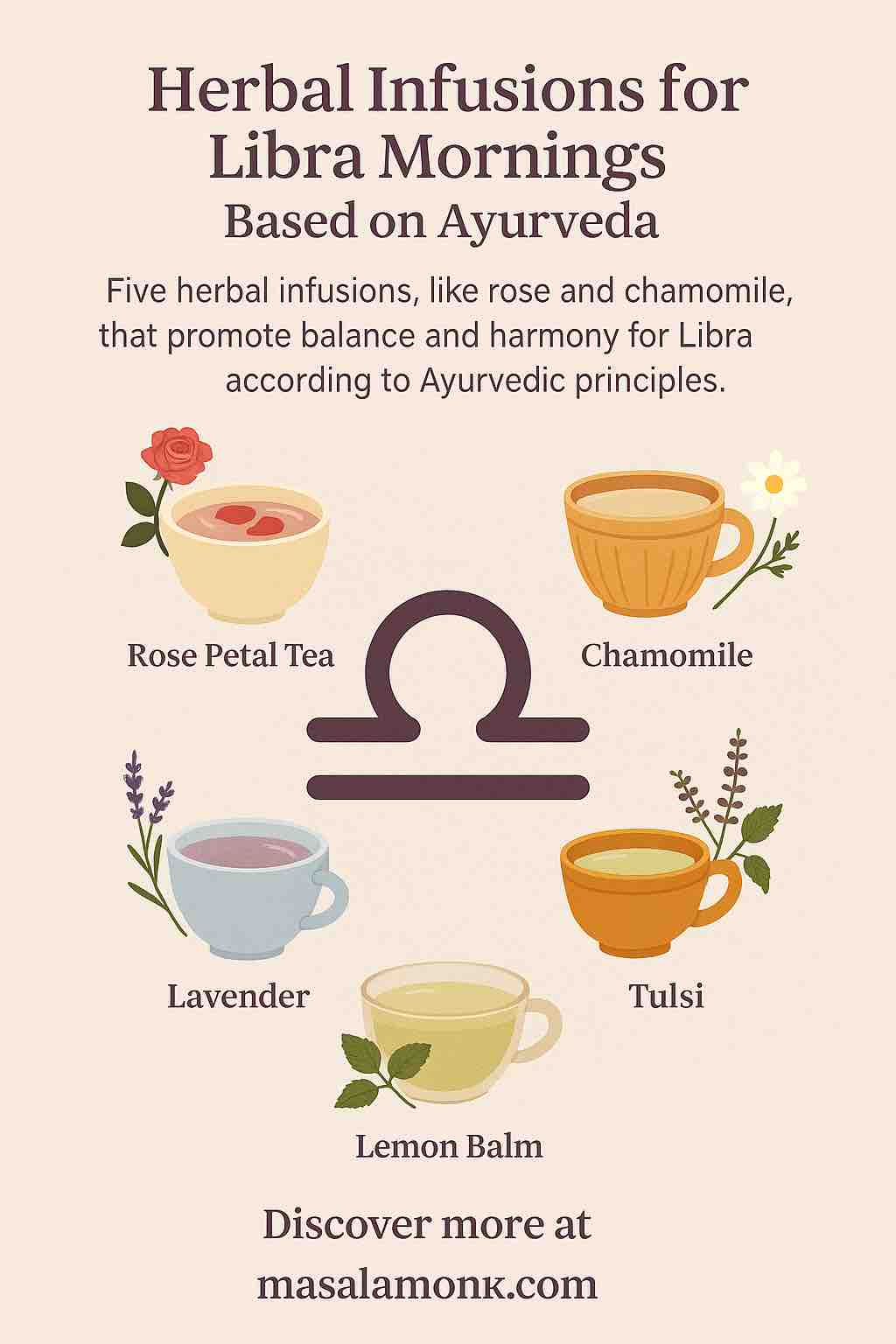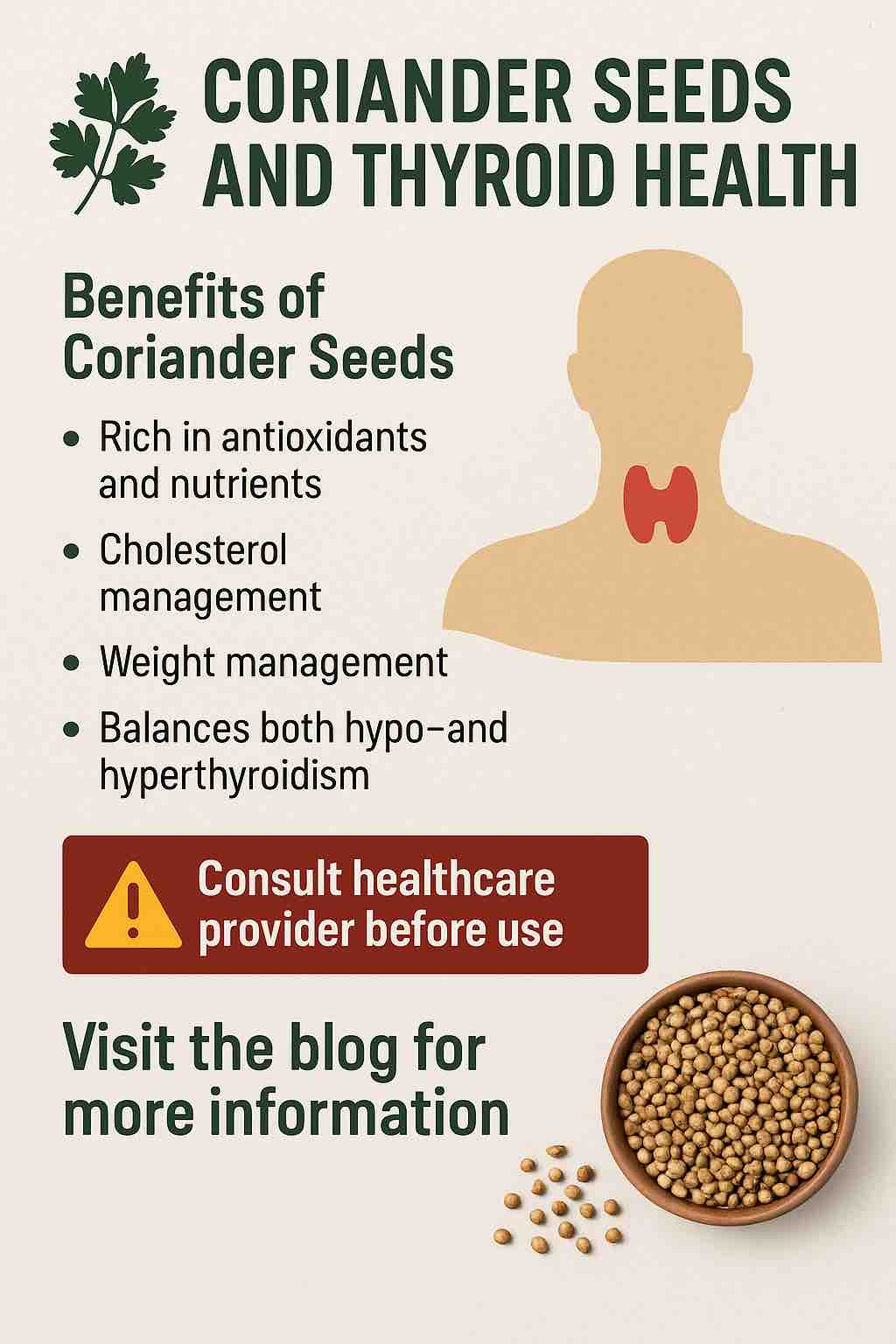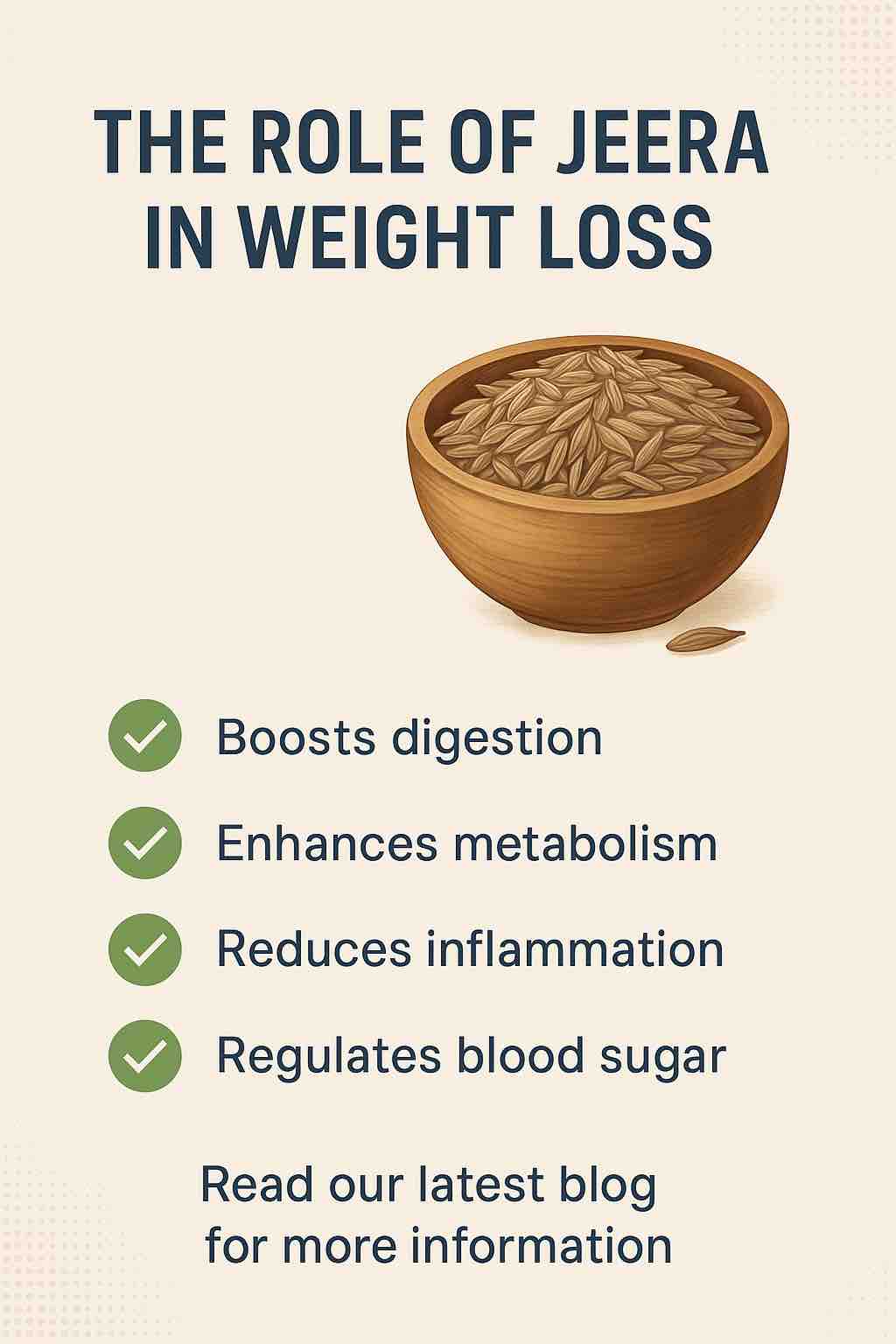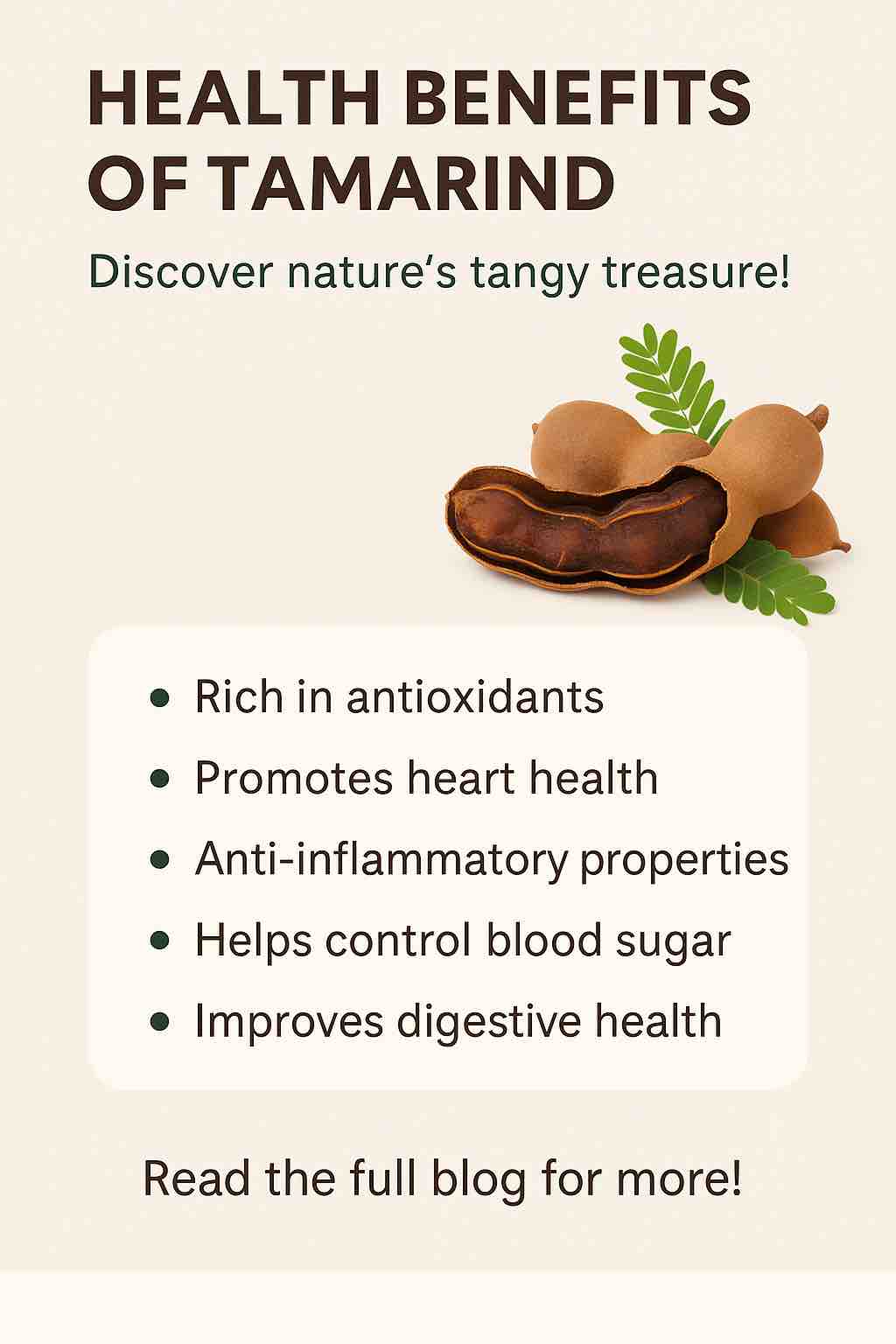
f you’ve ever tasted that unmistakable sweet-sour kick in dishes like Pad Thai, Indian chutneys, or Mexican candies, chances are you’ve encountered tamarind. This sticky, dark brown pulp found inside the pod of the Tamarindus indica tree has been a staple in global cuisines for centuries. But beyond its flavor profile, tamarind hides a treasure trove of health benefits that are just as rich and complex as its taste.
In this blog, we peel back the layers of tamarind’s tangy appeal and explore how this tropical fruit contributes to wellness—from heart health to skincare.
🌿 What is Tamarind?
Tamarind is a leguminous tree native to tropical Africa but widely cultivated in South Asia, Central America, and the Caribbean. Its fruit is a pod-like legume, which contains a sticky pulp surrounding hard seeds. This pulp is what we commonly refer to as “tamarind.”
Used fresh or as a concentrate, paste, or powder, tamarind brings a distinctive tartness that enhances both sweet and savory dishes. But the real story begins when we look at what’s inside that tangy pulp.
🧪 Nutritional Profile: Small Fruit, Big Impact
Tamarind is not just a flavor enhancer—it’s a nutrient-dense food. Here’s what 100g of tamarind pulp delivers:
- Calories: ~265 kcal
- Carbohydrates: ~60g (mainly natural sugars)
- Dietary Fiber: ~28g (excellent for digestive health)
- Protein: ~4g
- Vitamins: B1 (thiamine), B3 (niacin), B6 (pyridoxine), C, and A
- Minerals: High in magnesium, potassium, calcium, phosphorus, and iron
- Plant Compounds: Flavonoids, tannins, and other antioxidants
These nutrients work synergistically to support multiple bodily functions—from cellular repair to metabolic balance.
💪 Health Benefits of Tamarind
1. 🧠 Packed with Antioxidants
Tamarind is rich in polyphenols such as flavonoids and tannins—compounds known for their antioxidant properties. These help neutralize free radicals in the body, reducing oxidative stress and lowering the risk of chronic diseases like cancer, diabetes, and heart disease.
2. ❤️ Promotes Heart Health
Tamarind has shown the potential to lower LDL cholesterol while boosting HDL levels. In animal studies, tamarind extract reduced total cholesterol and triglycerides, while human studies suggest its potassium content helps regulate blood pressure. The result: better cardiovascular health and lower risk of hypertension and stroke.
3. 🌿 Anti-inflammatory and Antibacterial Effects
The fruit contains several bioactive compounds that reduce inflammation and may help manage arthritis, muscle pain, and even conditions like IBD. Additionally, extracts of tamarind pulp and seed have demonstrated antimicrobial properties, effective against certain bacteria and fungi.
4. 🩺 Helps Control Blood Sugar
Preliminary studies show that tamarind pulp may have hypoglycemic effects, helping to regulate insulin levels and glucose metabolism. This makes it a promising natural aid for people managing type 2 diabetes.
5. 🌱 Improves Digestive Health
Thanks to its high fiber content and mild natural laxative effect, tamarind can relieve constipation and promote regular bowel movements. Traditional medicine systems like Ayurveda and Traditional Chinese Medicine have long used tamarind as a digestive tonic.
6. ✨ Boosts Skin and Hair Health
Tamarind contains alpha-hydroxy acids (AHAs)—popular ingredients in skincare. These acids help exfoliate the skin, remove dead cells, and improve overall complexion. Tamarind’s antibacterial nature also helps fight acne, and its vitamin C content contributes to collagen production and anti-aging effects.
🥣 How to Use Tamarind
Tamarind’s versatility means it fits easily into your diet and lifestyle. Here’s how you can incorporate it:
In the Kitchen
- Tamarind paste or concentrate is a great base for soups, stews, curries, and sauces.
- Raw pulp can be soaked and blended to make chutneys or beverages.
- Tamarind candy is a sweet-and-sour treat loved across Latin America and Asia.
- Use it in marinades for meats and seafood to add a tangy, caramelized flavor.
In Natural Remedies
- Tamarind teas are used in traditional medicine for fever relief and digestion.
- Topical tamarind face masks help treat hyperpigmentation and dull skin.
⚠️ Precautions to Consider
While tamarind is generally safe and well-tolerated, there are a few things to be aware of:
- Allergic reactions are rare but possible, particularly in people sensitive to legumes.
- Interactions with medication: Tamarind may enhance the absorption of some drugs like aspirin or interact with blood sugar-lowering medications.
- Sugar content: Tamarind is high in natural sugars, so moderation is key, especially for those watching blood glucose levels.
🌍 A Cultural Superfood
Tamarind isn’t just a health food—it’s a cultural icon. It’s deeply embedded in the cuisines and medicinal traditions of India, Thailand, Mexico, Africa, and the Middle East. In some cultures, it symbolizes healing and cleansing, while in others, it’s a symbol of hospitality and abundance.
🌟 Final Thoughts
Tamarind earns its title as “Nature’s Tangy Treasure” not just because of its unique taste, but because of its impressive health-promoting potential. From fighting inflammation and improving heart health to aiding digestion and rejuvenating the skin, this humble pod packs a serious punch.
Whether you’re sprinkling tamarind powder into a dish or sipping tamarind tea, you’re doing your body a favor—deliciously and naturally.
Have a favorite tamarind recipe or wellness tip? Share it in the comments below! And don’t forget to subscribe for more nature-powered health insights.
Frequently Asked Questions (FAQs)
1. Is tamarind good for weight loss?
Yes, tamarind may support weight loss efforts due to its high fiber content, which promotes satiety and reduces hunger. Additionally, it contains hydroxycitric acid (HCA), which may help suppress fat storage—though more human studies are needed.
2. Can diabetics consume tamarind?
In moderation, yes. Tamarind has a low glycemic index and contains compounds that may help regulate blood sugar. However, due to its natural sugar content, it’s important for diabetics to monitor portion sizes and consult a healthcare provider.
3. Does tamarind have any side effects?
Tamarind is safe for most people, but overconsumption can lead to issues such as acid reflux, increased tooth sensitivity, or interactions with medications like aspirin or diabetes drugs. Allergies, though rare, are possible.
4. How should I store tamarind?
Store raw tamarind pods in a cool, dry place. Tamarind paste or concentrate should be refrigerated after opening and can last several weeks. Freeze it for longer storage.
5. Can I eat tamarind seeds?
Yes, tamarind seeds are edible but require roasting or boiling. They are used in traditional medicine and are being studied for antioxidant, anti-inflammatory, and antimicrobial properties.
6. Is tamarind acidic?
Yes, tamarind is naturally acidic due to tartaric acid, which gives it its sour taste. This acidity is beneficial for digestion but can irritate the stomach lining if consumed in excess on an empty stomach.
7. Is tamarind safe during pregnancy?
Tamarind is generally safe in small culinary amounts and is often used to manage nausea during pregnancy. However, excessive consumption is not recommended without medical advice due to its potential laxative and sugar effects.
8. Can tamarind improve skin health?
Yes, tamarind is rich in AHAs and antioxidants, which help exfoliate dead skin cells, brighten the complexion, and fight acne. It’s often used in homemade and natural skincare routines.
9. How much tamarind should I eat daily?
A small serving (about 10–15 grams of pulp) is sufficient for flavor and health benefits. If using tamarind extract or supplements, follow label directions or consult a nutritionist or doctor.
10. Is tamarind vegan and gluten-free?
Absolutely. Tamarind is a plant-based, gluten-free food suitable for vegan, vegetarian, and gluten-sensitive diets.

